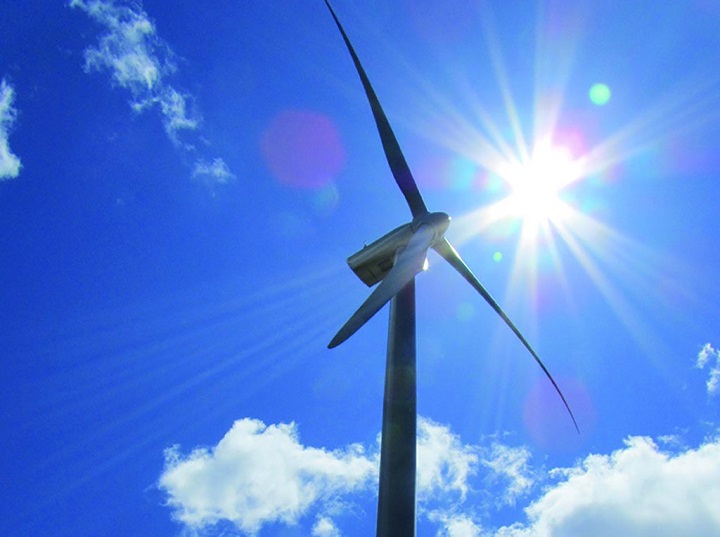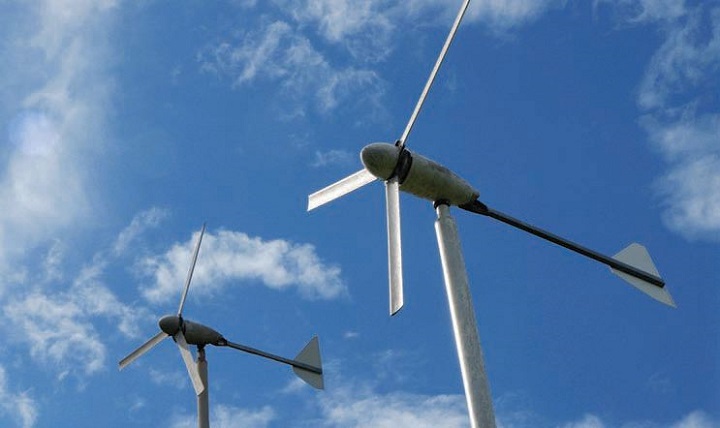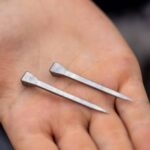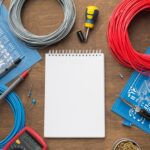If you’re hesitant whether a small wind electric system is suitable for your location, then you probably have a general idea of the basic requirements. These involve the covenants and zoning standards in your area, the amount of wind and the incentives, economics and payback of installing a wind-electric system. But there are many more things you’ll need to consider in order to successfully implement a renewable energy wind system on your property. Finding the ideal location for the wind turbines, estimating the system’s energy output, picking the appropriately sized turbines and tower, and deciding whether you want the system connected to the grid or not are just some of them.

The best way to go about installing a wind system is to refer to small wind turbines Australia dealers or manufacturers, as they’ll be able to help you make key decisions and install the system for you. While it’s something you can do on your own, you shouldn’t attempt to complete the project if you can’t pour a proper cement foundation, know the difference between AC and DC wiring, don’t have access to a lift and know a way to erect the wind system tower safely, know enough about electricity to wire the turbines, and know how to safely install and handle batteries. Even if you can’t perform one of the aforementioned tasks, then it’s probably best to have the system installed by a professional installer or integrator. You can contact your state’s energy office for a list of recommended system installers, look online or check the yellow pages.
A reputable installer can go as far as provide a permit. Just make sure the installer is a licensed electrician, and always ask for references that you follow up on. With proper installation and regular maintenance, small wind turbines Australia dealers supply can provide at least 20 years of use or more. Wind electric system maintenance can include checking electrical connections and tightening bolts as necessary, checking for corrosion and guy wires to ensure proper tension, checking and replacing worn leading edge tapes on the turbine blades if necessary, and replacing bearings or turbine blades (this is only done after multiple years of continuous use).

Furthermore, your system dealer or manufacturer can help you find the ideal location for the system. Other general considerations may include system and wind resource considerations. You want to make sure there’s enough room to lower and raise the tower for maintenance. If your tower is guyed, then you’ll also need to make room for the guy wires. Whether the system is on- or off-grid, you’ll also need to consider the length of the wire run between the turbine and the house, battery, water pumps, etc. You can lose a considerable amount of electricity due to wire resistance. Typically, the longer the wire, the more electricity lost. Using more wire will also add up to installation costs. Additionally, your wire run losses will be greater when you have DC instead of AC, so if you have a long wire run, consider an inverter to convert DC to AC.
Next, they can help you with sizing the turbines. Turbines used in residential applications can range anywhere from 400 watts to 20 kilowatts. The average home uses about 9.000 to 12.000 kilowatt-hours of electricity per year, so depending on the average wind speed in your location, a wind turbine rated anywhere between 5 to 15 kilowatts will be required to make a noticeable contribution towards this demand. A 1.5-kilowatt turbine will meet the needs of a home that needs 300 kilowatt-hours per month in a location with 6.3 metres-per-second annual average wind speed. In order to determine the size of the turbines you need, you’ll first need to establish a budget. Energy efficiency is less expensive than energy production, so you should look to reduce your home’s electricity use before deciding on turbine size.
Lastly, estimating the annual energy output from wind turbines using kilowatt-hours per year is the best way to determine whether the turbine and tower you buy will produce sufficient electricity to meet your requirements. A turbine and tower manufacturer can assist in estimating the expected energy production by using a calculation based on a few factors, such as wind turbine power curve, average annual wind speed at your location, the height of tower you intend on using, and frequency distribution of the wind (this is an estimate of how many hours the wind will blow at each speed on average throughout the year). Additionally, the manufacturer should adjust these calculations for the elevation of your location.
That being said, wind energy systems can be one of the best investments you make, cutting your electricity costs significantly while producing self-sustainable energy that will satisfy your home’s needs, making you independent of the national grid, no matter where you live in Australia.



